In the information age, data centers collect large amounts of data. The data collected comes from various sources such as financial transactions, customer interactions, social media, and many other sources, and more importantly, accumulates faster. Data can be diverse and sensitive and requires the right tools to make it meaningful, as it has unlimited potential to modernize business statistics and information and change lives. With that being said, let’s explore the best Big Data tools.
Top Big Data Tools
Apache Hadoop
Hadoop, developed by Apache, is a free and open-source Java platform for storing and processing massive datasets. To facilitate quicker data processing, Hadoop maps massive data sets (ranging from terabytes to petabytes), analyses tasks across clusters, and then divides them into smaller chunks (64MB to 128MB). The Hadoop cluster receives data, stores it in the Hadoop distributed file system (HDFS), processes it using MapReduce, and then divides and allocates resources using YARN, another resource negotiator. Data scientists, developers, and analysts from all kinds of businesses and nonprofits can use it for their projects.
Features
- For redundancy and error prevention, data is replicated by storing many copies of each block on separate nodes.
- Excellent scalability, both vertically and horizontally
- Cloudera and Hortonworks integration, as well as other Apache models

Rapidminer
According to Rapidminer, their software helps around 40,000 businesses throughout the globe boost revenue, cut expenses, and eliminate risk. This programme has been recognised with multiple accolades. It was named the most user-friendly machine learning and data science platform in the spring of 2021 by Crowd, and it won the Gartner Vision accolades for data science and machine learning platforms in 2021. Forrester also recognised the software for its multimodal predictive analytics and machine learning solutions.
Built specifically for the purpose of creating ML (machine learning) models, it serves as a comprehensive platform for the whole scientific lifecycle.It provides complete visibility by automatically documenting all phases of setup, modelling, and validation. The three editions of this commercial programme are Prep Data, Create and Validate, and Deploy Model. More than 4,000 universities across the globe use RapidMiner, and it’s even free for educational organisations.
Features
- It finds patterns in the data and fixes quality issues by checking it.
- It makes use of over 1500 algorithms in a codeless workflow designer.
- Making use of machine learning models in preexisting company software
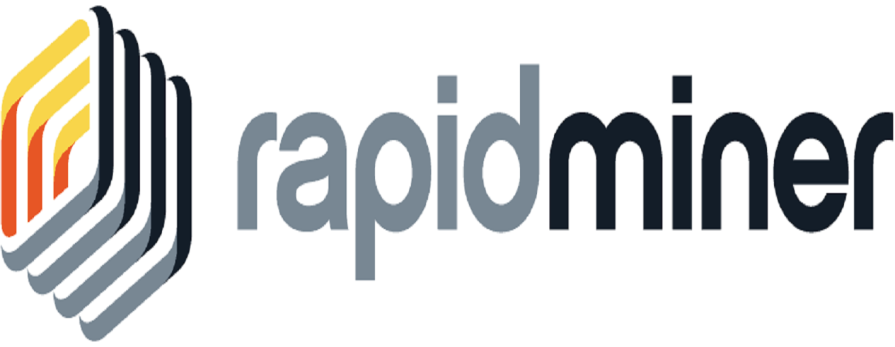
Tableau
Visually analysing platforms, solving problems, and empowering individuals and organisations are all made easier with Tableau.The foundational technology is VizQL, which translates user-friendly drag-and-drop actions into data searches in a concise and understandable manner. Salesforce purchased Tableau in 2019.It enables the integration of data from several sources, including spreadsheets, SQL databases, and cloud apps such as Salesforce and Google Analytics.
Because each version has its own set of features and functionalities, users can choose between Creator, Explorer, and Viewer to suit their professional or personal needs. A data-driven culture is best implemented and balanced by analysts, data scientists, educational institutions, and corporate users, who can then assess its effectiveness based on the outcomes.
Features
- Dashboards offer a comprehensive view of data presented in text, objects, and visual elements.
- Numerous data visualisation options, including histograms, Gantt charts, static and dynamic charts, and a plethora of others
- Secure and reliable data storage with row-level filtering
- Predictable analysis and forecasting are features offered by its architecture.
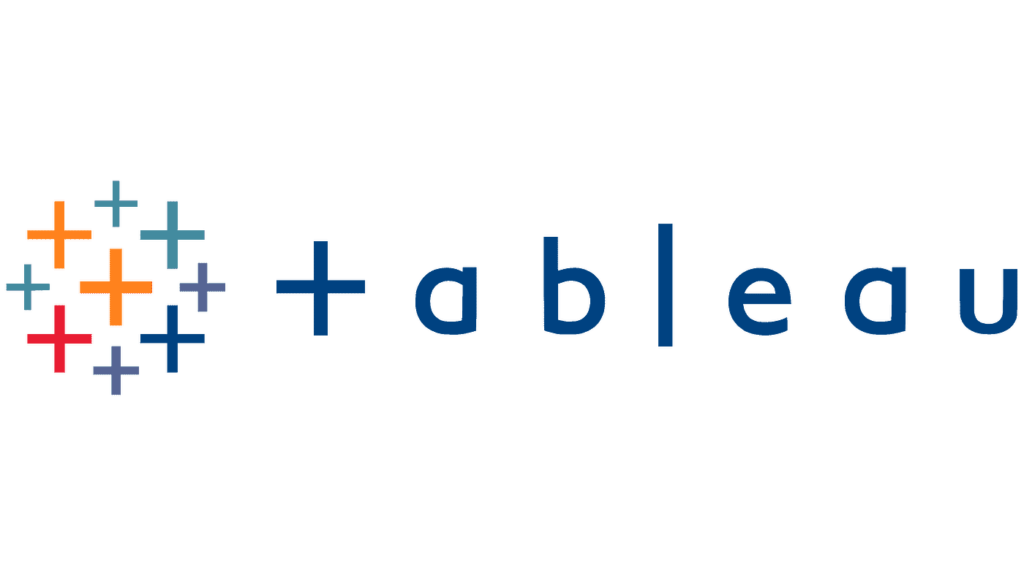
Cloudera
Cloudera provides a safe environment for managing massive data in the cloud and data centres. It takes complicated data and makes sense of it using data analytics and AI. Data engineering, data flow, storage, data science for data scientists, private and hybrid clouds, and more are all part of Cloudera’s offerings. An improved method of discovering insights powered by data is a single platform with multipurpose analytics. Cloudera and Hortonworks aren’t the only systems it can connect to; its data science division covers all of them. Through the use of dynamic data science spreadsheets, data scientists are able to independently manage tasks including analysis, planning, monitoring, and email notifications. It is a secure platform by design, so data scientists may easily access Hadoop data and conduct Spark queries. Data engineers, data scientists, and IT pros from a wide range of sectors, including healthcare, banking, and telecoms, will find this platform to be a good fit.
Features
- Backs up every big public and private cloud, and the data science workbench is compatible with on-premises installations as well.
- Automated data channels take raw data and transform it into something usable, all while integrating it with other databases.
- Model building, training, and implementation may be accomplished quickly with a standardised methodology.
- Hadoop authentication, permission, and encryption requires a secure environment.
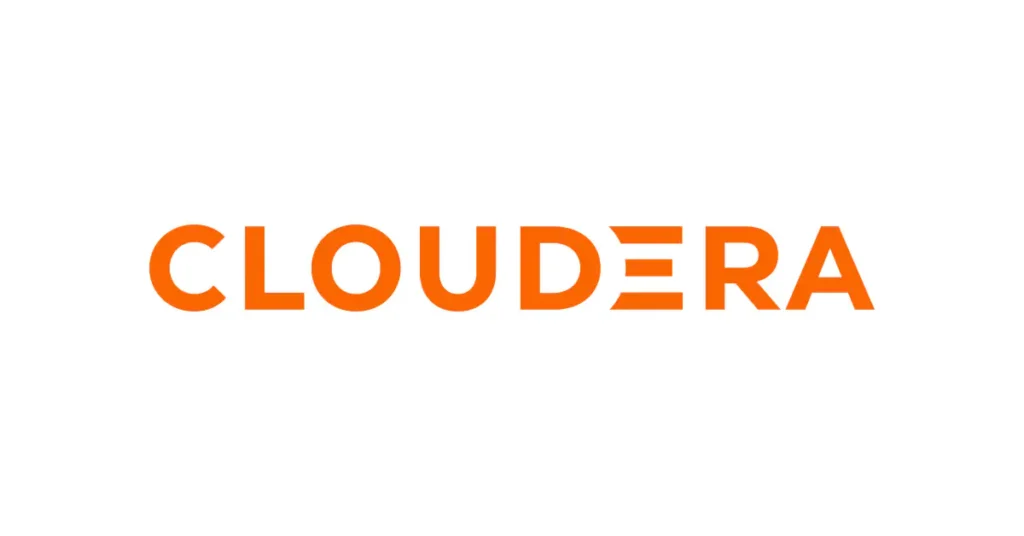
Apache Hive
An open-source project called Apache Hive was built on top of Apache Hadoop. Users can mix their own routines for specialised analysis, and it reads, writes, and manages massive datasets available in many sources. Online processing jobs are not Hive’s strong suit; the database is more suited to more conventional storage needs. Its dependable batch frames provide fault tolerance, performance, scalability, and scalability. It works well for document indexing, predictive modelling, and data extraction. Due to the latency it creates, it is not advisable to use it for querying real-time data.
Features
- The Spark, MapReduce, and Tez computing engines are all supported.
- Very easy to code in comparison to Java; can process data sets many petabytes in size
- Stores information on the distributed file system Apache Hadoop, which provides fault tolerance.

Apache Storm
The open-source Apache Storm platform can handle an infinite number of data streams, and it’s free and open-source. It offers the most basic collection of CPUs needed to build apps with real-time processing capabilities for massive volumes of data. The lightning-fast and user-friendly storm can handle one million tuples per second per node. You can expand the processing power of your application by adding extra nodes to your cluster using Apache Storm. Maintaining horizontal scalability allows for a doubling of processing capacity by adding nodes. Storm can be utilised by data scientists for a variety of purposes, including DRPC (Distributed Remote Procedure Calls), continuous computation, online machine learning, real-time ETL (Retrieval-Conversion-Load) analysis, and more. It is configured to handle Twitter, Yahoo, and Flipboard’s real-time processing demands.
Features
- Works well with any computer language
- It is a part of every database and queuing system.
- Storm grows to bigger cluster sizes and employs Zookeeper for cluster management.
- If something goes wrong, guaranteed data protection will replace the lost tuples.

Snowflake
Data preparation is the most time-consuming part of data science since it involves gathering, aggregating, cleaning, and preparing data from various sources. Snowflake handles it. It provides a streamlined solution by doing away with ETL (Load Transformation and Extraction) altogether on a single, high-performance platform. Additionally, it is compatible with state-of-the-art ML libraries and tools, including Dask and Saturn Cloud.
With Snowflake’s one-of-a-kind design of workload-specific compute clusters, data science and BI (business intelligence) workloads do not share resources; instead, they execute these complex computations independently. Unstructured data types are also supported, in addition to semi-structured data types including JSON, Avro, ORC, Parquet, and XML.To make data more accessible, faster, and safer, it employs a data lake approach. Financial services, media, retail, healthcare, technology, and government are just a few of the many sectors where data scientists and analysts employ snowflakes.
Features
- Data compression at a high level to lower storage expenses
- Offers secure storage and transfer of data Efficient processing engine with little operational complexity
- Reporting on data in a variety of formats, including tables, charts, and histograms
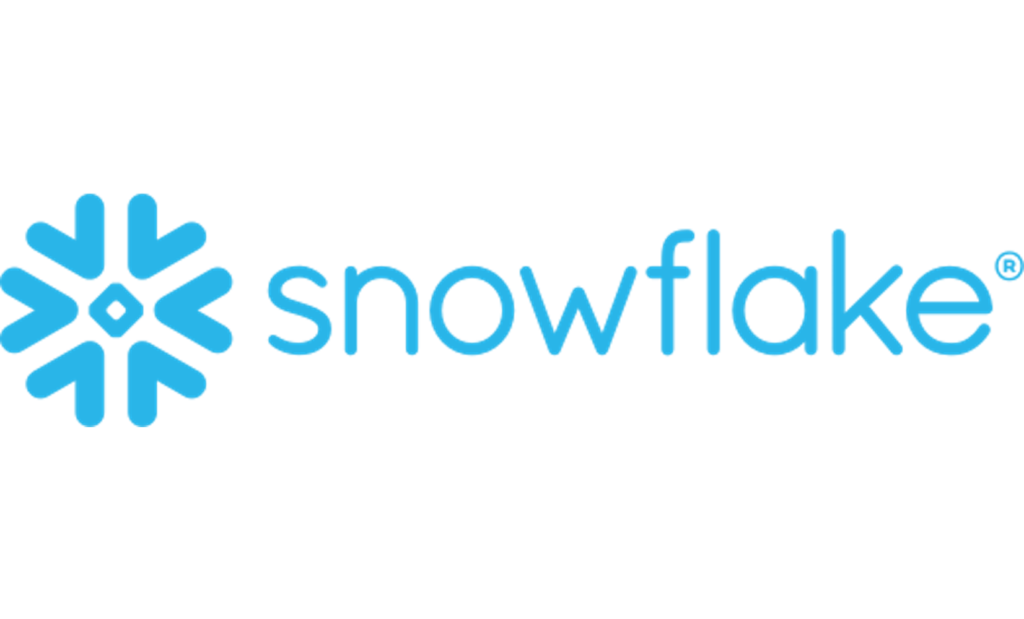
The importance of big data tools
Organisations rely on data for a variety of reasons, including but not limited to: extracting useful information, conducting in-depth studies, creating possibilities, and planning future milestones and aspirations.
Data storage, security, and retrieval are becoming increasingly important as the amount of data created daily continues to rise.New big data tools, alternative storage systems, and analysis techniques are necessary due to the volume, diversity, and velocity of that data.
One study predicted that by 2027, the worldwide big data market would be worth US $103 billion, which is twice as much as the 2018 forecast.
Final Thoughts
You can find both commercial and free big data tools on the aforementioned list. Every tool has its own brief description and set of features. You can visit the appropriate websites if you are seeking descriptive information. To stay ahead of the competition, businesses are utilising big data and associated technologies such as AI and ML to make strategic improvements to areas such as customer service, research, marketing, future planning, and more. Since even little improvements in efficiency can result in large savings and profits, big data solutions are utilised throughout most industries.















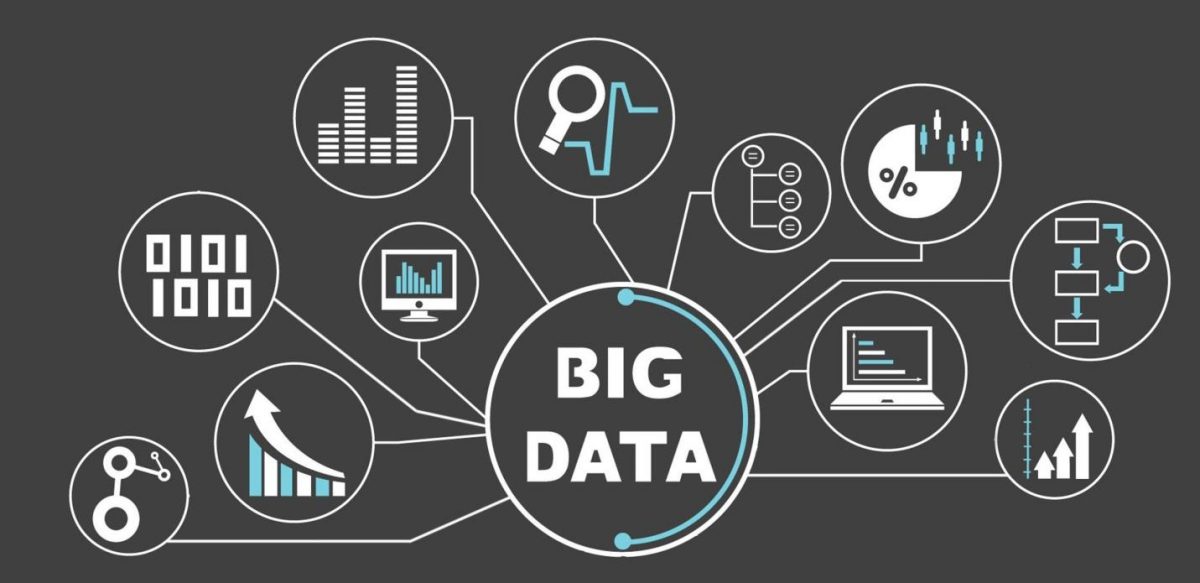

Leave a Reply